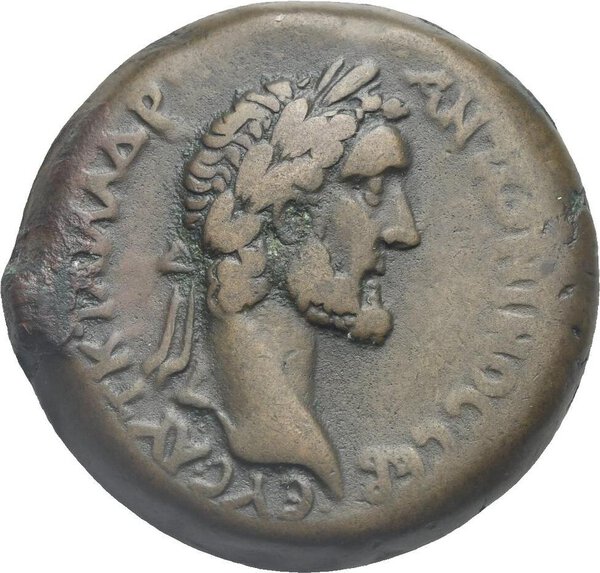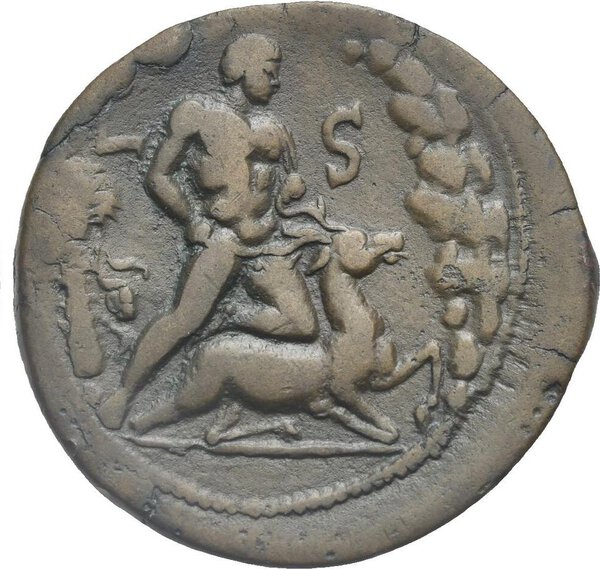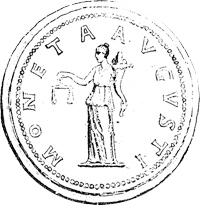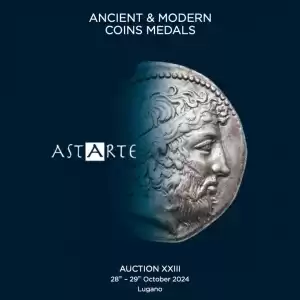

Egypt. Alexandria. Antoninus Pius, 138-161 AD. Drachm (Bronze, 34.65 mm, 24.25 g). Dated L S = year 6 (143 /144 AD) ΑΥΤ K T AIΛ AΔP ANTⲰNINOC CEB EYC Laureate head of Antoninus Pius right. Rev. Anepigraph. Naked and hairless Heracles is holding, by the horns with his hands, the Cerynean doe, bent to the ground. He puts pressure on her rump with his left knee to immobilize her; behind him, leaning on the left, the club and the leontea; in front on the right is the concise image of trees in a forest. Upwards in the field, the date, L S = year 6. Vogt I, p.123. Vogt II -. Dattari-Savio 8492, this specimen. RPC IV. 4. 624 (this specimen illustrated). Emmett 1547. Cf. Staffieri, G.M., Alexandria in Nummis, pp. 301-302, Muzzano 2018. Very Fine with fascinating brown patina.
Ex Giovanni Dattari Collection 8492, Il Cairo. Ex Dott. Piero Beretta Collection, Milan. Ex Renzo Canavesi Collection, Sagno (TI, CH).
This drachm belong to the lucky and famous series of the legendary "The labours of Hercules" or Dodekatlon, all depicted on the reverses of Alexandria drachms by Antoninus Pius, issued between the fourth (140-141 AD) and the tenth (146-147 AD) year of his reign, during one of the artistically happiest periods of the mint of Alexandria. Our drachm is absolutedly rare (grade 5 according to Emmett) and also the best specimen of the five known (see RPC IV. 4) and depicts on the reverse the third labour of Hercules, let us say, the capture of the Cerinea doe, which had bronze legs, gold horns; it was sacred to Artemis (Diana) and roamed unreachable over the crags and woods of Mount Cerinea, but the hero managed to trap her. Heracles stands out magnificently and sculpturally in his plastic, dynamic nudity as he immobilises the graceful doe who reluctantly bends to his will.


